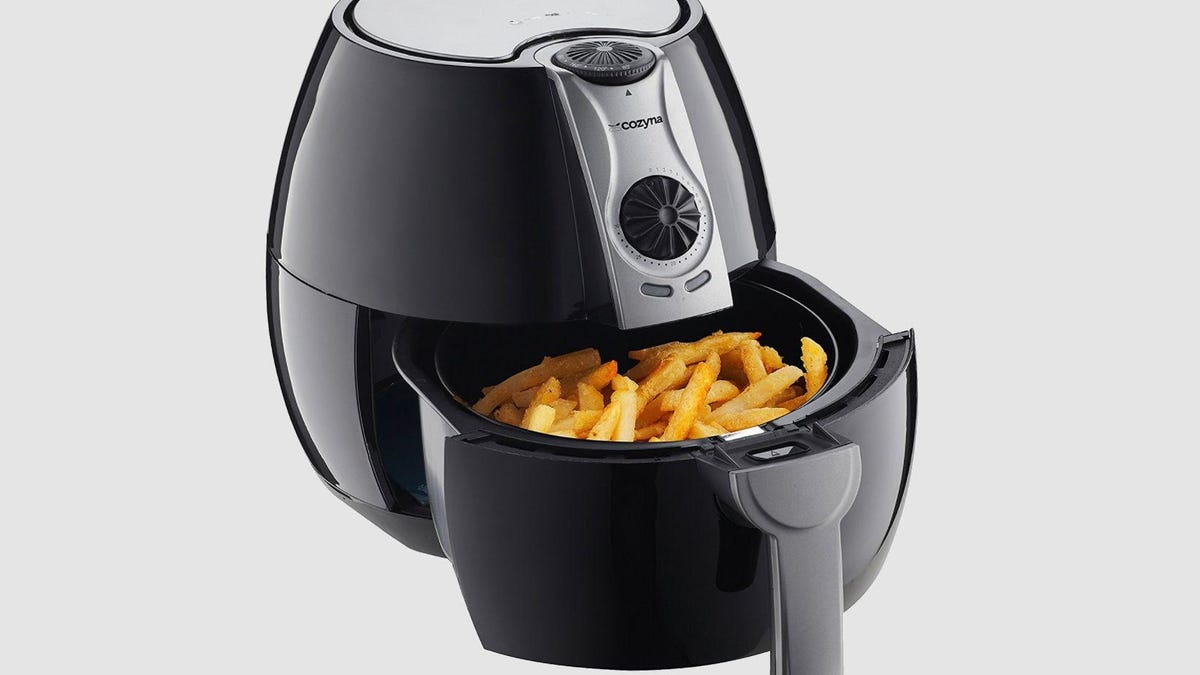Hands-On Flood Protection: Do-It-Yourself Guide

Water damage in your home can come in many forms. For some, flooding is one of the most common causes of damage in a home due to the home’s location and proximity to water sources. With major storms like Hurricane Debby making landfall, it’s essential to be prepared. Overall, according to the Insurance Information Institute, water damage makes up nearly a quarter of homeowners’ insurance claims and includes water inclusion from a major storm, burst water pipes, and many other sources.
Regardless of how the uninvited water made its way into your home, damage from the water can be disastrous. As a result, it’s best to take steps now to ensure your home is protected from flooding and other types of water damage. You’ll find steps in this guide to prepare your home and belongings to be as safe from water damage as possible.
Know your risk of flooding
The East River overflowed its banks to flood Manhattan’ Upper East Side. First Avenue at 93rd Street looked more like a river than a street last night.
Floods are one of the most devastating forms of water damage. Not only does the water itself cause issues for the home and community, but the deposits in the water and the potential for mold and other bacteria only add to the damage once the water recedes. The first step in avoiding flood damage to your home is to evaluate your flood risk. Certain parts of the country and even your own community are at higher flood risk than others and must take extra precautions to keep their homes safe and dry.
An excellent way to evaluate your home’s risk of being in a flood is to review the FEMA flood map or to talk with your local zoning agency. FEMA considers any area with at least a one percent chance of flooding a Special Flood Hazard Area. Should your home lie in any of these high-risk areas, you’ll want to take extra precautions to protect yourself and your home.
Seal your home’s foundation

Sealing cracks in your home’s foundation keeps not only water out, but also bugs and other pests.
A good foundation of information is important when trying to learn new skills. When we’re talking about a home, we mean a literal foundation, which is vital. With cracks in your home’s foundation, water from a rainstorm can get in and cause damage, let alone a flood. What may start out as a small hairline crack can expand as water weakens and erodes the foundation away, creating an even bigger problem.
You can often make the repairs yourself using mortar or masonry caulk to seal any cracks and fill any gaps in your foundation if you don’t feel comfortable doing the task or you see major damage, but be sure to contact a local contractor for help. You can also seal your basement walls with a rubberized coating like Blue Max to help further waterproof the foundation.
Keep your gutters clear
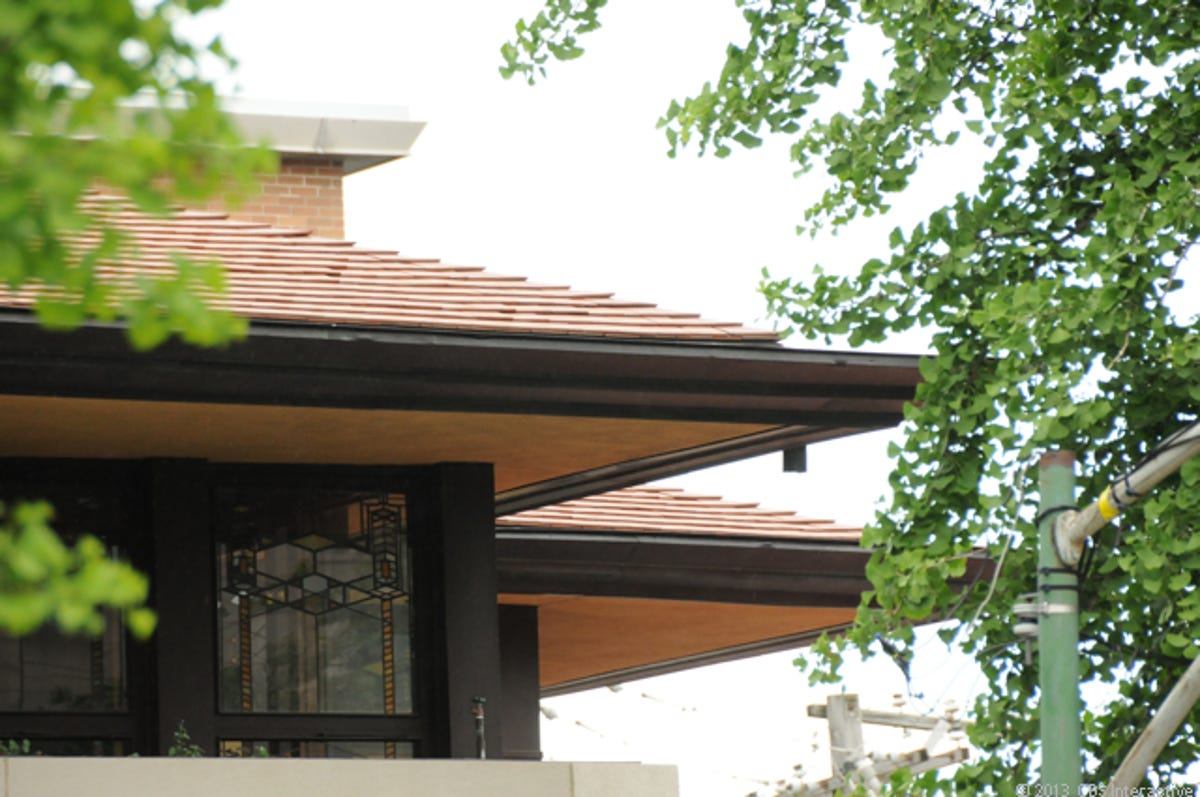
This leaf blower attachment from Black and Decker lets you clean gutters without a ladder.
Rain gutters may not seem like the most obvious thing to check when you’re getting water into your home, but clogged rain gutters, and storm drains can be part of the problem. When clogged, water doesn’t flow freely and can end up running to places it shouldn’t be, causing it to back up and pool around your home.
When water pools, it’s more likely to seep between shingles, behind siding and into other cracks. The best way to avoid this is to schedule regular maintenance of your gutters, spouts and storm drains. Also, ensure that your downspouts are pointed away from the house.
Install flood sensors
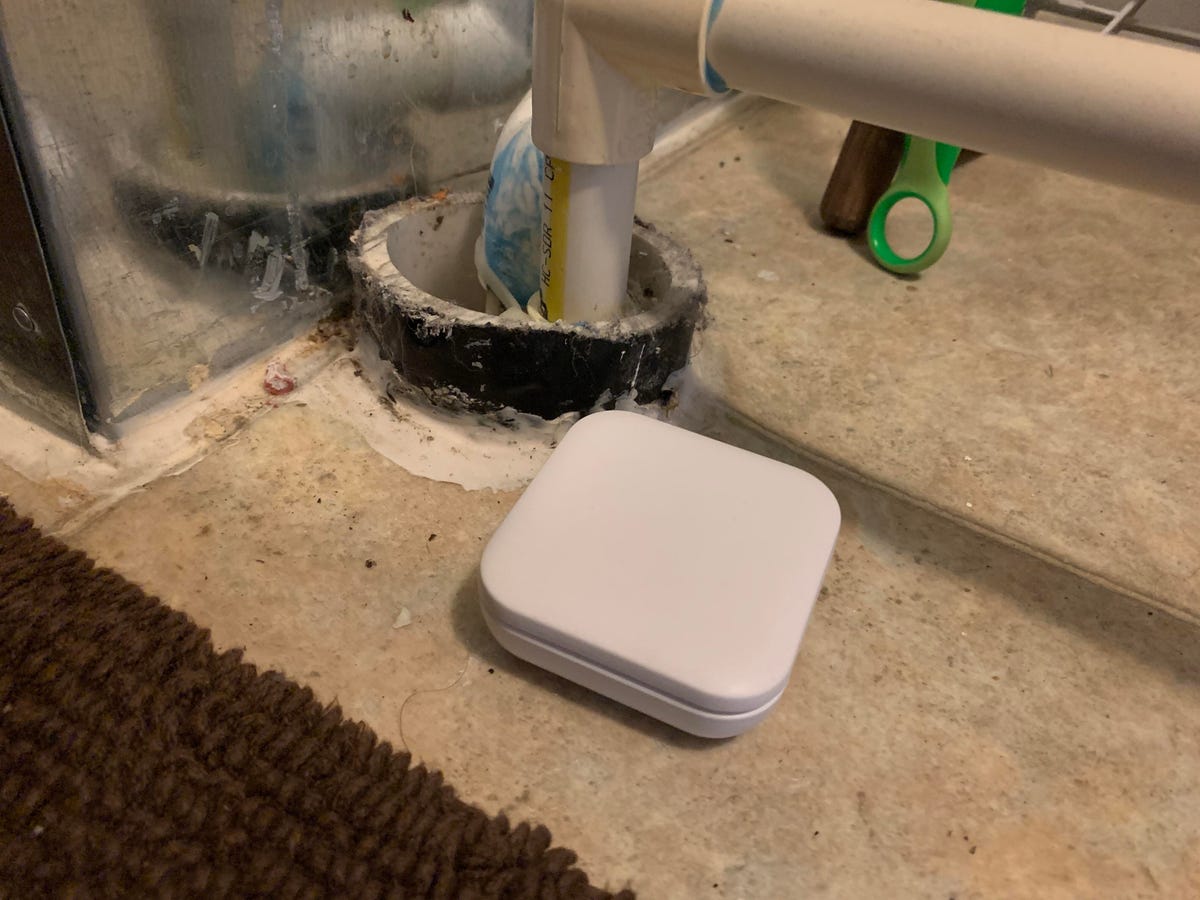
Flood sensors can protect the easily forgotten nooks and crannies of your house safe from accidental water damage.
Stopping water from getting into your home is the first step in preventing water damage, but sometimes, the water put into our homes can be the culprit. A burst water pipe can occur due to the line freezing in the winter, a failed joint, or the pipe just giving out. Either way, knowing when this happens as soon as it happens can save your home from a lot of damage and your money.
Some helpful smart home devices can aid in reducing water damage in your home, one of which is a flood sensor. There are different types on the market; some are smart, and some are not. I have two in my basement to alert me if there’s an issue, an Aeotec SmartThings Water Leak Sensor should my sump pump fail and a Govee WiFi Water Leak Detector for my hot water heater. These notify me as soon as water touches the sensors.
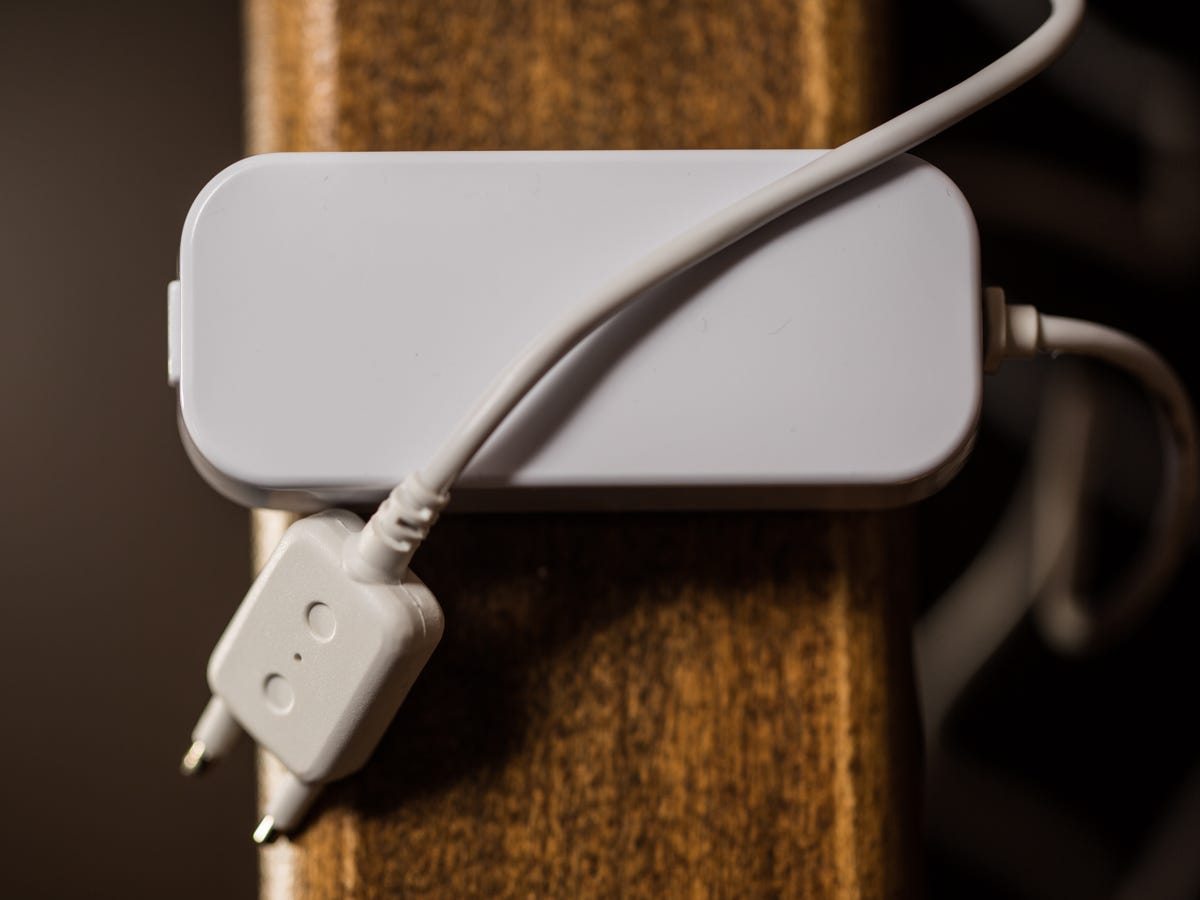
Flood sensors detect water when it makes contact with both metal probes on the device, allowing current to flow through it.
The other style of flood detectors isn’t smart but can be helpful in other ways. I use Govee Water Leak Detectors under the sinks in my home, behind my toilets, my dishwasher, and my washing machine. I also have two in my camper. These have a very loud alarm that sounds when wet, so while you won’t get a notification on your phone if you’re in the area at all, you’ll hear it.
There are many types of flood sensors to choose from, with prices ranging from just $20 to nearly $100. Some home security companies also offer flood sensors as a part of their home security systems.
Repair water leaks

This may seem a bit obvious, but if you have any leaks in your pipes or roof — even minor ones — get them fixed as soon as possible. Even the tiniest of drips of leaks can create big problems, and it’s only a matter of time before that small leak gets worse. The last thing you want is a huge rainstorm to show you just how serious that tiny leak was.
Even if you haven’t experienced problems with leaks, it’s good practice to keep an eye on anything in your home that could leak so you catch it immediately. That means doing routine checks of your ceilings for water stains, looking under bathroom and kitchen cabinets for water-swollen wood, and checking around the base of your HVAC and water heater for evidence of pooling.
Improve your yard’s grading

My yard has never had such a professional look.
An often forgotten part of a home’s yard is its grade. No, I’m not talking about whether it got an ‘A’ in the community best-looking lawn contest. I’m talking about the kind of grade that refers to the shape and angle of your yard. A properly graded lawn is level or slightly angled away from your home. By ensuring your yard is doing its part to not direct water towards your home, you’ll reduce the chance of rain or flood water from getting in.
Install a sump pump

Installing a sump pump in your basement is essential whether you frequently get water in your home or not to stay prepared.
If your home has a basement, a sump pump is an essential piece of equipment to own. A sump pump is a device designed to pump groundwater away from your home, directing it away from your pipes and foundation. Many homes will have a hole in the basement in which a pump can be installed and will switch on automatically should that hole fill up.
If your home doesn’t have a hole for a sump pump, it should have a floor drain in the lowest point of the basement. In this case, should the basement get excessive water, you’ll want to direct that water to the drain. It would also be wise to put a good dehumidifier in your basement to help remove any moisture from the air and dry out the area should water get in.
Elevate appliances and utilities
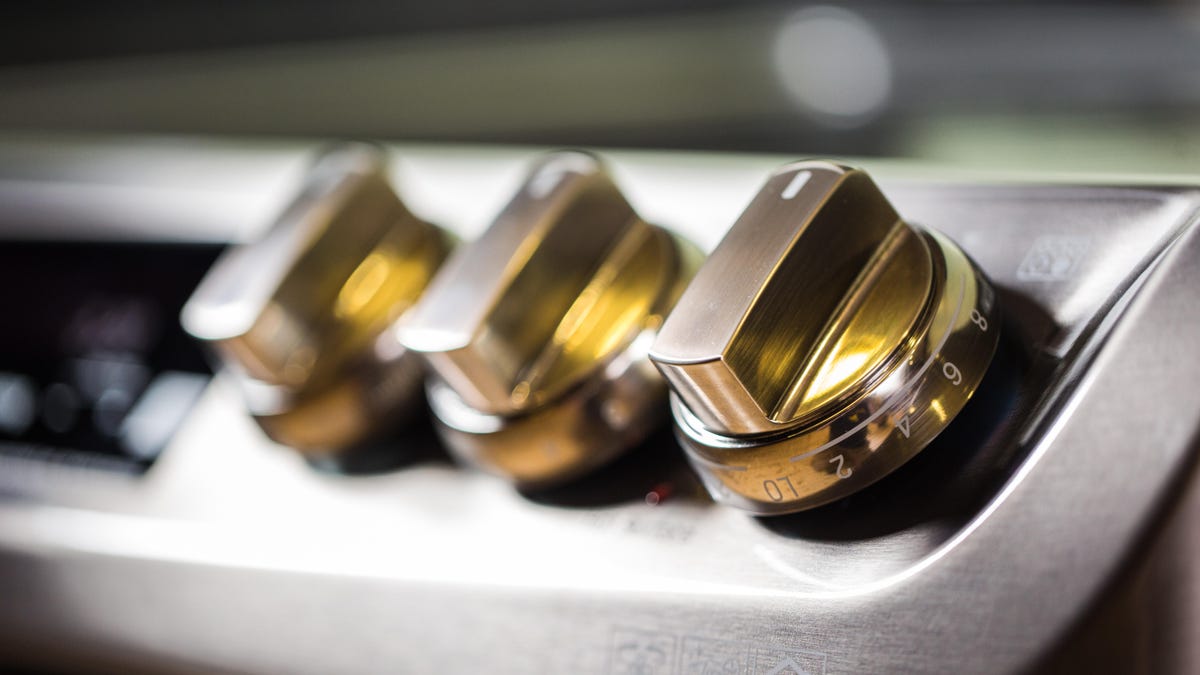
Depending on how flood-prone your house is, you may consider elevating your appliances slightly so they don’t get damaged in case of minor flooding.
Should your home be in an area that experiences frequent flooding, once you have checked off the steps above, make sure to protect your appliances, utilities and other electrical equipment around your home. If not already, you can raise electrical switches, circuit breakers and switches at least one foot off the floor to prevent electrical damage. For appliances like your HVAC system, refrigerators, freezers and other major appliances, putting them on risers (bricks, boards, etc.) will help reduce the chance of damage in the event of a flood.
Insure your home
In a perfect world, you would never experience flooding in your home. It’s not a bad idea to plan for the worst-case scenario.
Most home insurance plans cover sudden and unforeseen cases of broken pipes, and other reasons for flooding, such as sewer backup, which is often a fairly affordable add-on. If you neglect your pipes and they burst due to rust and age, your insurance likely won’t cover the damage.
If you live in an area at high risk of flooding, you may be required to purchase flood insurance for your home. Even if it’s not required for you, it’s still something to consider, depending on where you live.
The most important thing is to do your research: check your pipes for rust and damage, check the flood risk in the area and talk to neighbors about what issues they’ve experienced.
Here Are 23 Ways to Save On Your Electric Bills Right Now
See all photos
What’s next?

Air movers are like fans but are very directional and are very efficient at pushing a lot of air.
Flooding and water damage are all too common problems for homeowners. Having the right precautions in place can help to ensure that in the case of a storm or other unforeseen event, your home is protected.
Should your home have some unexpected water get inside, having tools and equipment on hand can help clean up and reduce the damage. Having a good dehumidifier will help get the moisture out of the air. You might also need a couple of powerful fans to move air and help with drying. Along with fans, I recommend getting an air mover, which is like a fan but more powerful and directional. There are larger ones, but l like the Lasko Super Fan Max Air Mover because it is compact but still moves more than enough air.
Additionally, flooding isn’t the only danger your home faces. Be sure to visit our home safety checklist with seven more steps you can take to keep your home and family safe and secure.
Source: CNET








